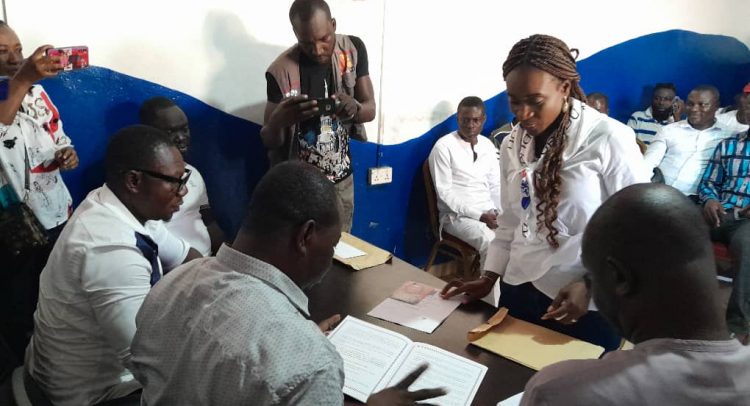
The report was published by Firmus Advisory, leading market research, regulatory compliance, and trade development firm – said the beverage market in Ghana is currently worth an estimated value of GH¢3.85billion; of which local or domestic production dominates with 92 percent of the total market size, with imports constituting 8% of the market at approximately GH¢300million.
The report noted that consumers of alcoholic and non-alcoholic beverages have become more adventurous in brand selection and more accommodating of home-grown brands, as local brands have also improved in product quality, packaging, marketing and distribution.
Findings from the report indicated that most consumers spend below GH¢50 per week on beverages, but alcoholic beverage consumers spend more than non-alcoholic beverage consumers.
While 42 percent of alcoholic beverage consumers spend above GH¢50 per week, only 19 percent of non-alcoholic beverage consumers spend above GH¢50 per week. Additionally, 53 percent of alcoholic beverage consumers spend between GH¢5 – GH¢10 per bottle or glass.
Demand and consumption patterns
“Generally, demand for beverages has increased as beverages have now become a staple for most consumers. Most consumers drink 3-5 times each week, with about half of consumers drinking four or more bottles per week. Moreover, catering to the needs of schoolchildren forms a significant part of the demand story; many parents provide their children with at least one type of non-alcoholic drink as part of their daily lunch pack.
“Further, consumers tend to drink most at social gatherings such as weddings or funerals and during festivities like Christmas. The convenience of plastic (PET) packaging has also made drinks more easily accessible to consumers,” the report said.
It added that though most consumers of both alcoholic and non-alcoholic beverages drink about 3 – 5 times each week, consumers of non-alcoholic beverages are inclined to consume more frequently than consumers of alcoholic beverages. 98 percent of consumers of non-alcoholic beverages (NABs) drink at least once a week compared to 89 percent of alcohol consumers. This notwithstanding, consumers of alcoholic beverages (ABs) tend to drink slightly more bottles per week than consumers of non-alcoholic drinks.
The research interviewed over 2,300 alcoholic and non-alcoholic beverage consumers in Accra, Kumasi and Takoradi, and said across the cities consumers in Kumasi are known to spend more on both alcoholic and non-alcoholic beverages.
Presenting the findings, the Head of Research and Business Development at Firmus, Anita Nkrumah, charged the local beverage market to sustain its dominance – adding that there’s still significant room for growth, as local brands are expected to grow in the area of production, capacity and distribution throughout the country and beyond.
“As the industry grows, other input suppliers such as ethanol and glass producers are expected to set up in the country to provide raw materials for the sector and possibly other markets in Africa. With regard to meeting consumer preferences, more healthy beverages are expected to be introduced in the market, with research and development driving the innovation.”
Online marketing and sales low within beverage sector
Online sales and marketing following the upsurge of COVID-19 have increased; however, the report revealed that the narrative is different in the beverage sector, as there have been low online sales and marketing within that sector.
This, it said, is the result of high delivery fees associated with purchasing online; and also that some manufactures have not put much of measures and structures in place to fully climb the online ladder. “An increase of digital content in marketing and growing efforts to sell to customers online is expected,” it said.
Staying competitive in the beverage market
Based on the report’s outcome, Ms. Nkrumah suggested that in order to stay competitive and relevant to the market, maintain or improve market share, new entrants and existing players must pay attention to key indicators such as price margin, produce quality, being consistent, having an efficient route to market, and being proactive.
On price margin, she said it was realized that most consumers buy within certain price margins; as such, existing players and new entrants must research their target market to understand the prices and also understand reactions to price movements.
Also, as consumers are always conscious of what they consume, producers must aim at achieving quality in their production and to improve on quality; however, improvement must be visible to consumers.
“Have an efficient route to market; a clear route to market is key in the beverage industry. Producers must as well be proactive, understand consumer needs through research and stay ahead of the curve,” she said. Read Full Story



















Facebook
Twitter
Pinterest
Instagram
Google+
YouTube
LinkedIn
RSS